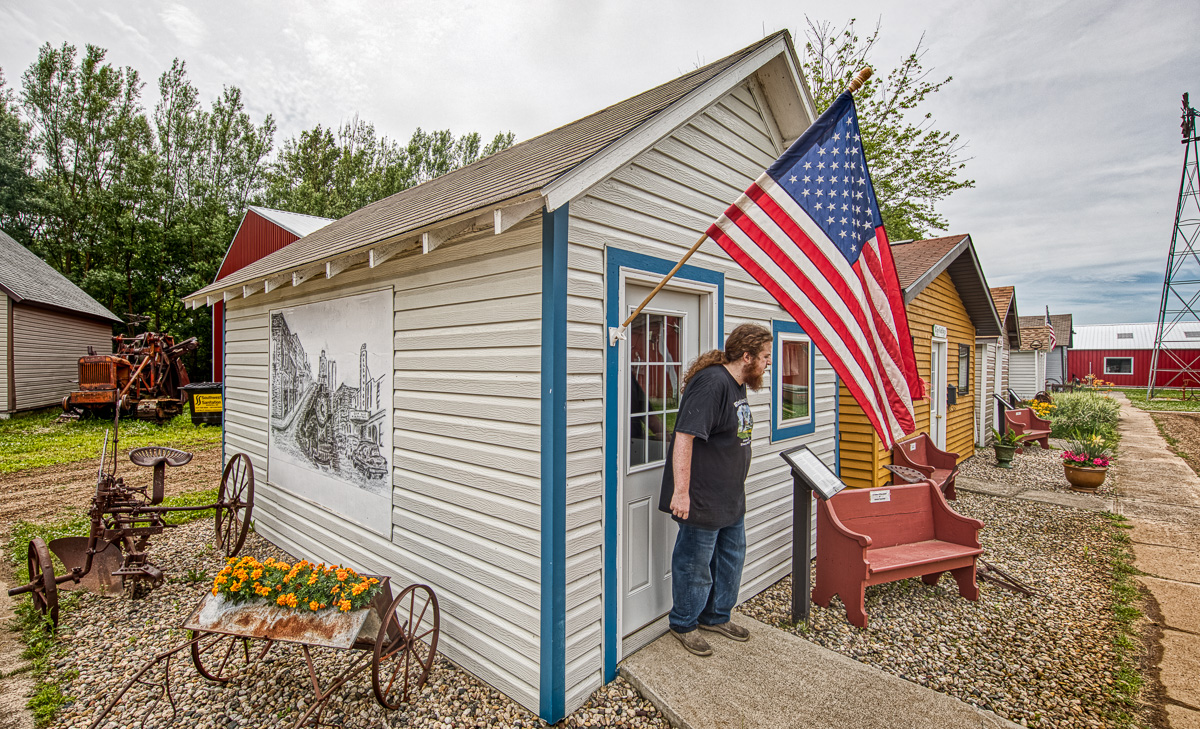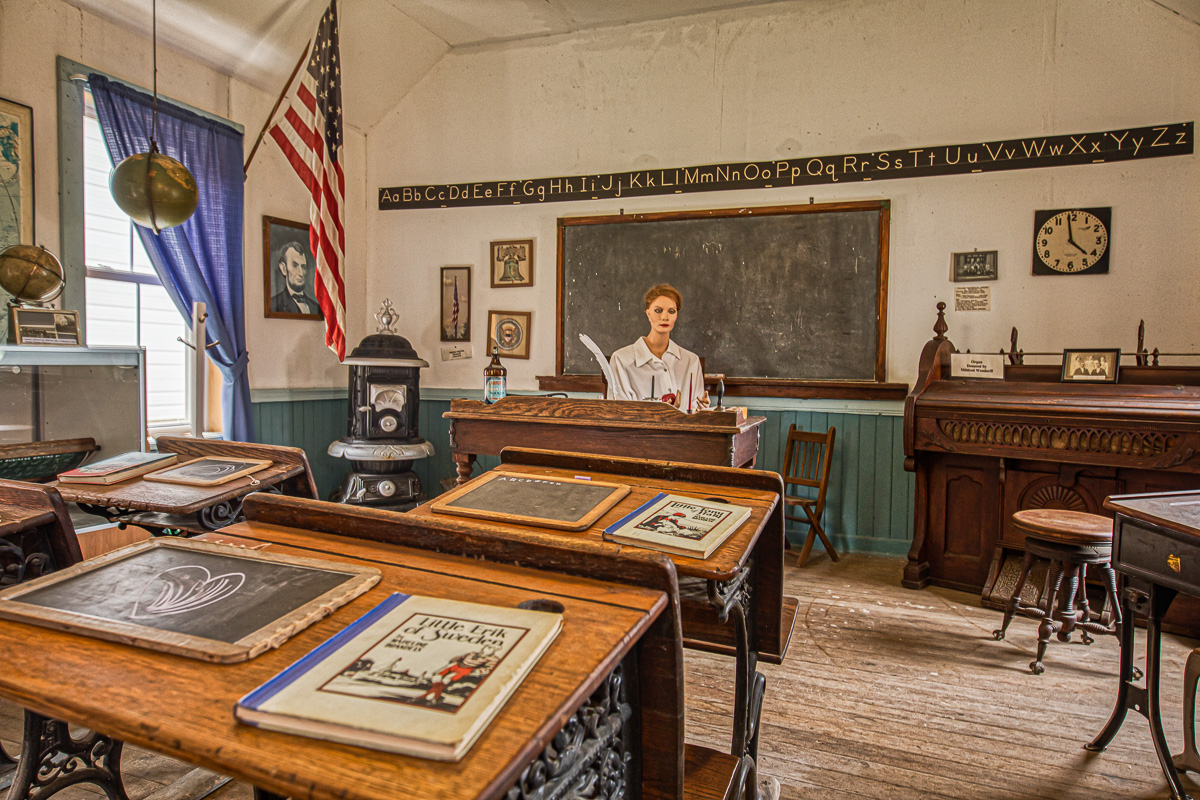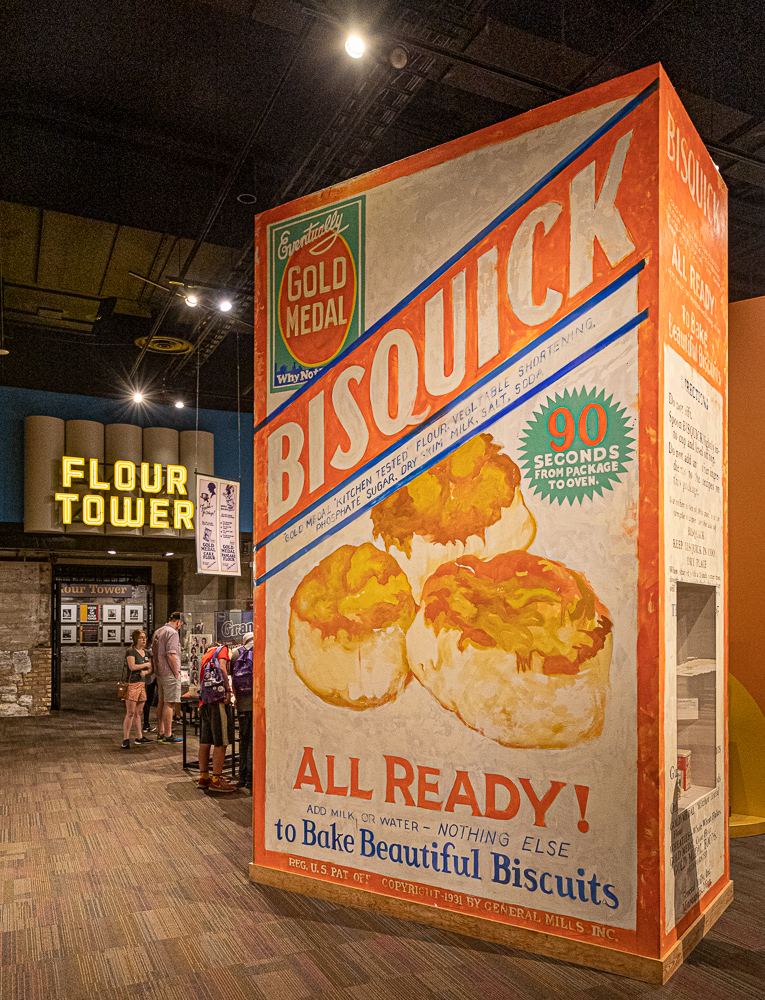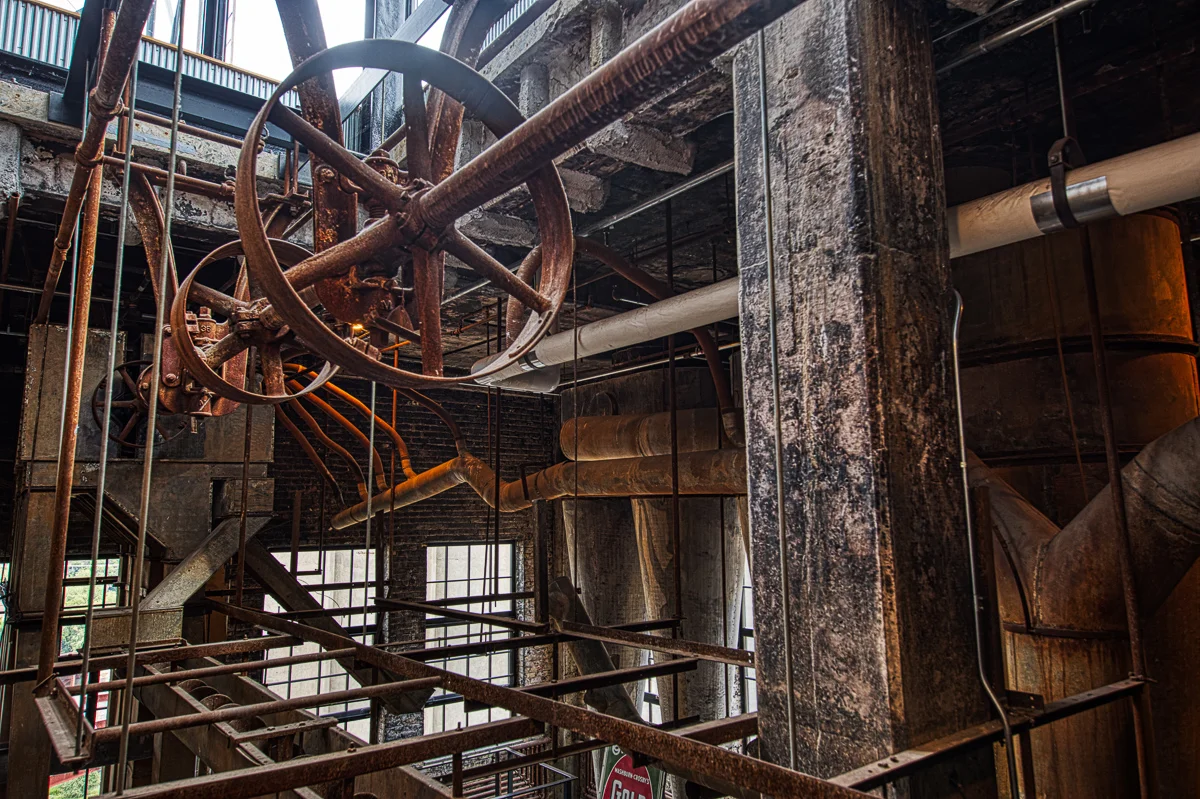The Escalante River area in southern Utah was the last area of the United States to be mapped. Geologic wonders are found throughout the area. You might remember a post I did in 2018 about the Toadstool area of Grand Staircase-Escalante National Monument. I revisited earlier this month. As we were driving from Kanab, Utah under the blue morning sky, we noticed clouds ahead and wondered whether it was fog. Not long before the Toadstool hike, we were enveloped in the cloud, not to see the sun again until we drove away. Since the temperature was just below freezing, hoarfrost covered the landscape.
Toadstool Trio
You can see the frost lightly covering the red sandstone. When I wrote about this area in 2018, President Trump had just reduced the protections President Obama had placed on the area creating Bears Ears National Monument. This Toadstool area was one that lost protection. QT Luong is a great photographer of U.S National Parks. You might’ve seen him featured in Ken Burns’ documentary on National Parks. His photography guide to the Parks is priceless, well very pricey, but worth it. He just wrote about some of the magnificent areas in Grand Staircase-Escalente that are at risk including Toadstools.
Toadstools, Grand Staircase-Escalante National Monument
The real wonder were the plants covered in the hoarfrost in the washes down below the toadstool area.
Just below the area pictured above, I was stopped in my tracks by the beauty of an exotic, frost-covered plant.
Desert Trumpet
Eriogonum inflatum
I searched to identify the plant, and found that it’s named Desert Trumpet because of the bulbous areas in the stem. An article said scientists first believed the swollen areas were caused by insect larva, but later realized the insects were just taking advantage of the natural bulbous area. It’s caused by CO2 regulation, so its caused by gas. Perhaps we can petition to rename it the Desert Trump.
As I was thinking about writing this post, I immediately thought of Star Trek. Hiking here was likely walking on one of the strange planets the Enterprise explored. So imagine my amazement when I finally discovered the identity of the Desert Trumpet, and then the article had a reference to it in Star Trek: Voyage, Season 3, episode 1. Unfortunately, I can’t figure out how to get a screenshot of the scene it is shown in, probably because of copyright protections. Oh well, you can watch the episode on Amazon for the split second view of the Trumpet at 3:47.












































































































































